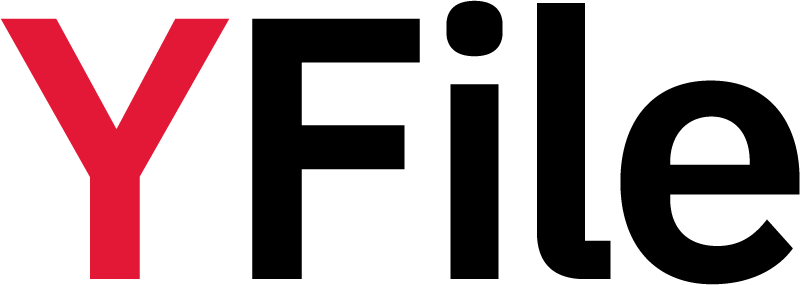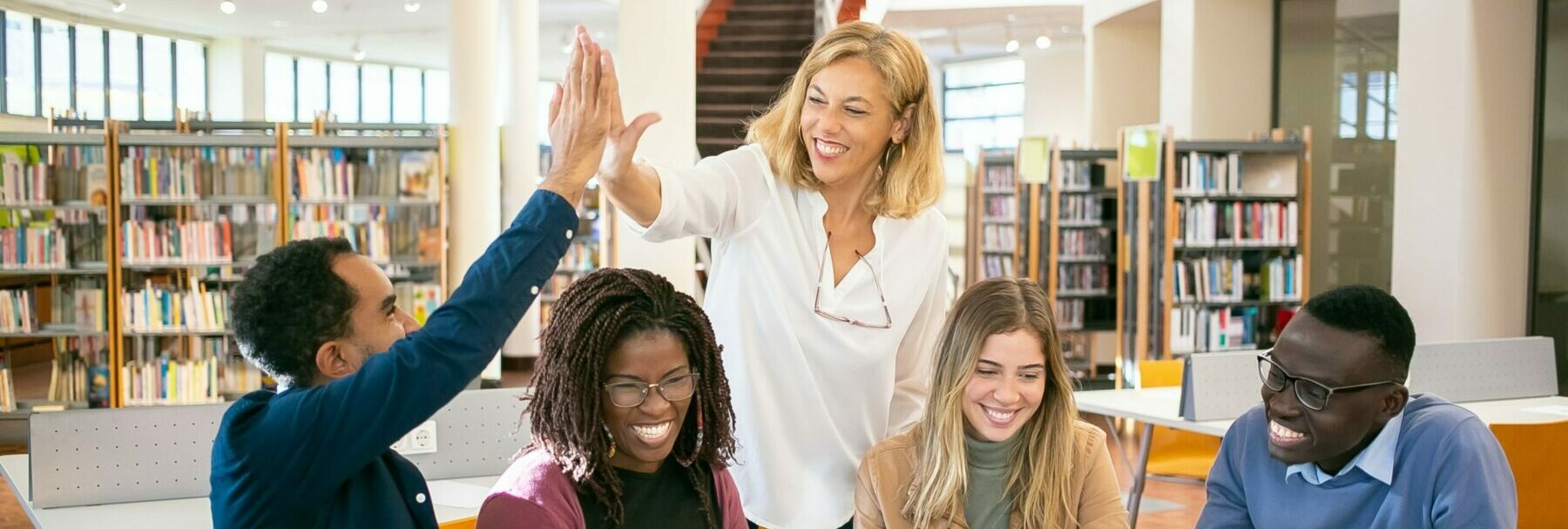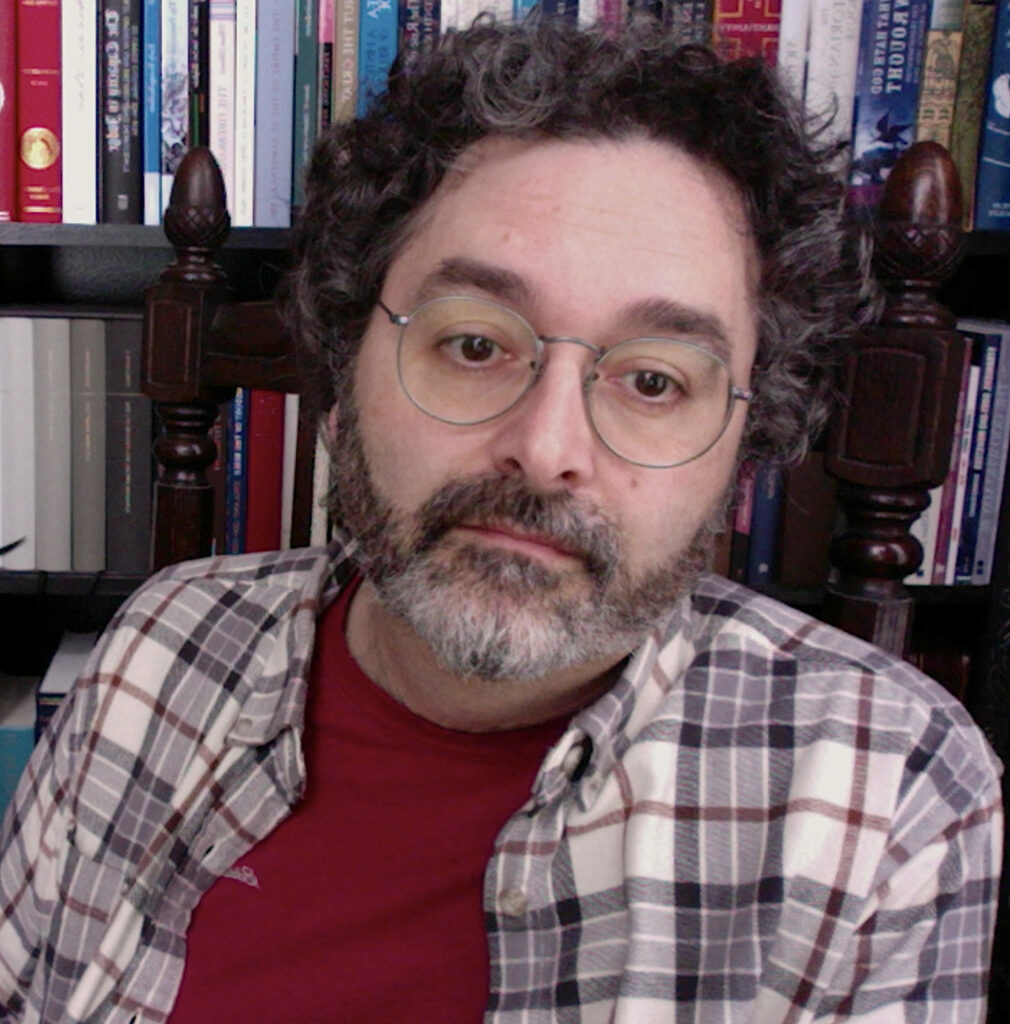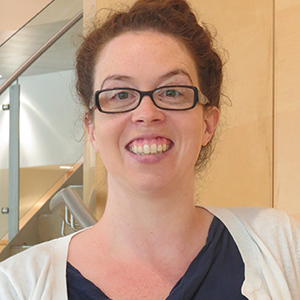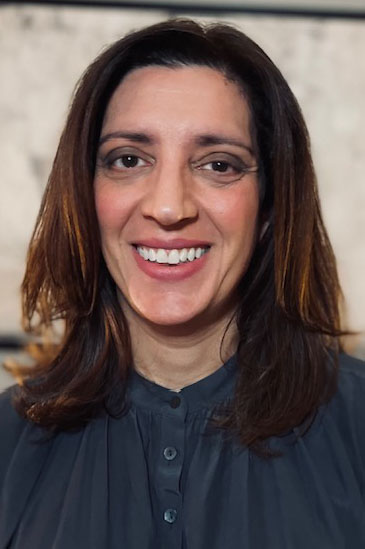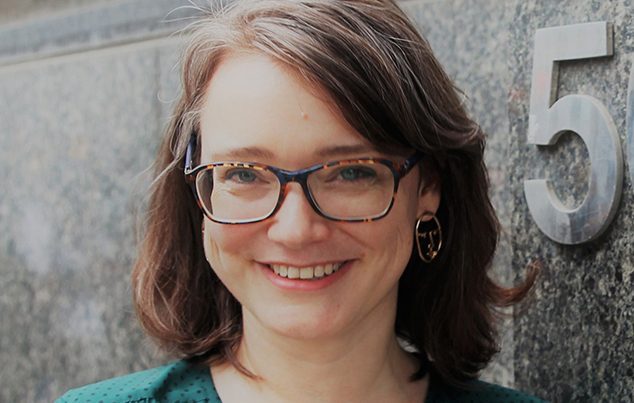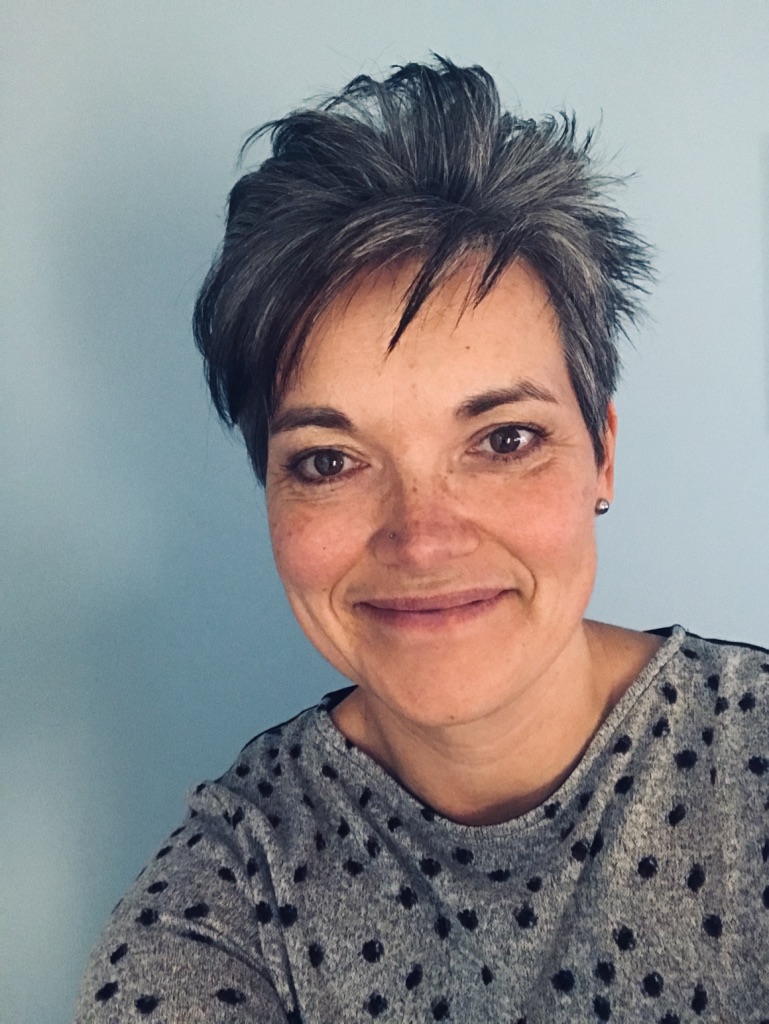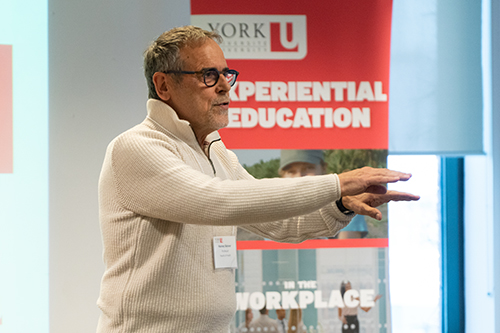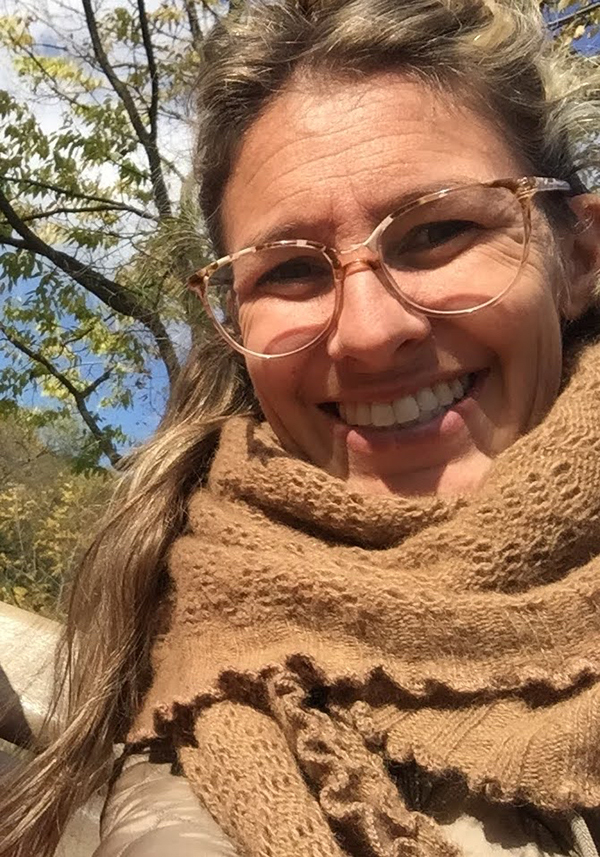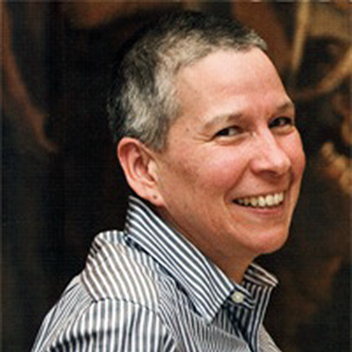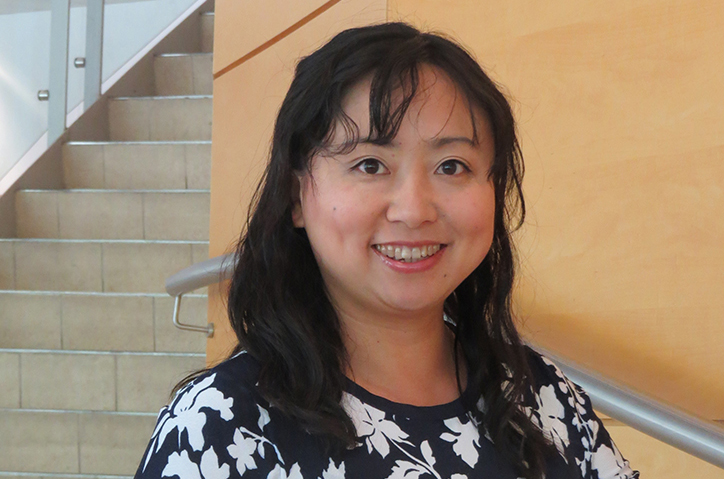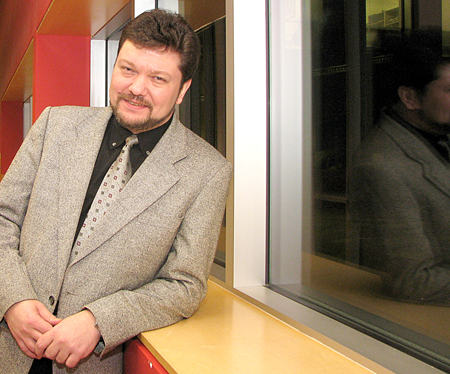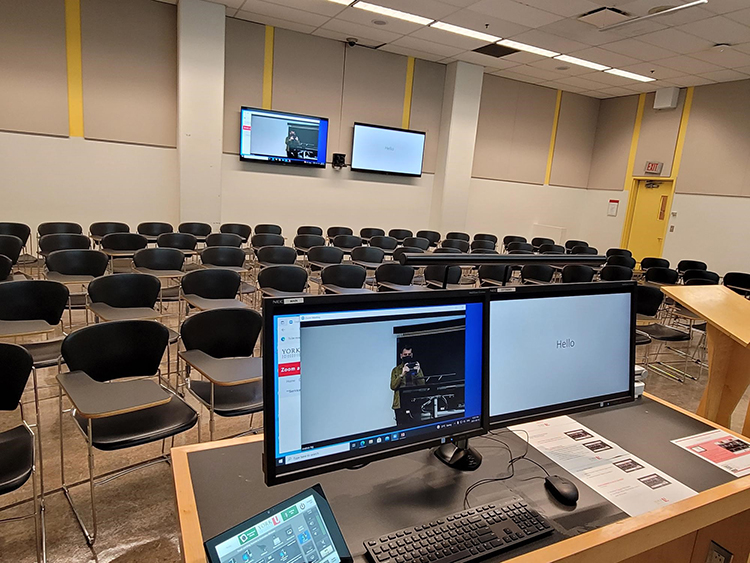By Elaine Smith
Four students from York University’s Faculty of Education have joined educational developers at the Teaching Commons (TC) to create a new way of working together in partnership.
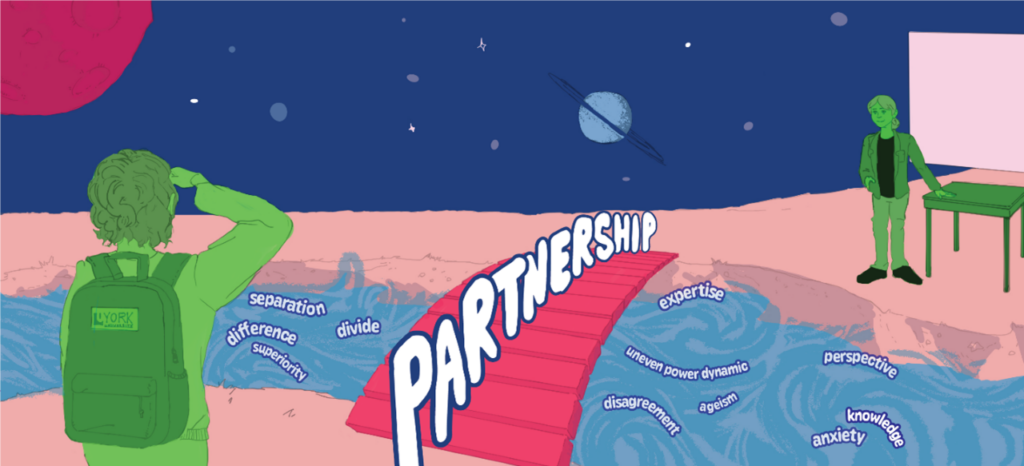
The students – teaching candidates Zainab Chaudhry, Theodora Dobbs and Lauren Wilson, and undergraduate educational studies major Corina Vitantonio – have just completed year-long placements with the Teaching Commons, working closely with educational developers Matthew Dunleavy, Lisa Endersby, and Lianne Fisher to think about how students can operate as partners, rather than as clients, in post-secondary education. Their work will form the foundation for future Student as Partners opportunities at TC, but they also hope that it will serve as a guide for future collaborations between students and staff or students and faculty.
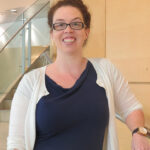

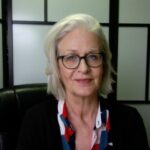
“When we get student feedback on programs, it’s after the fact and doesn’t speak to their expertise,” Endersby said. “This is a chance to think about how to do it better.”
As the students state in a blog post they authored for TC, “At York, we aim to highlight the importance of student and faculty collaborations and vocalize the idea that within our society various power structures exist that perpetuate inequitable practices. As a united front, we must work together to break down these societal barriers and create meaningful and inclusive practices within our pedagogical work.”
They suggest six concrete ways to incorporate student partnership into teaching practice:
- resisting client models of education;
- pedagogical transparency;
- valuing and centring student experience;
- active feedback;
- collaboration in assessment; and
- self-reflection by everyone involved.
Initially, the idea of being an equal partner to perceived experts was unfamiliar to the quartet.
“I had little experience with the students as partners idea,” said Wilson. “I’m coming from a system where the professors are the experts and being on an equal playing field as an expert in my own lived experience didn’t occur to me. Now, I’ll take with me to my own teaching practice the knowledge that it’s up to me to value students’ lived experience, bring it out and show that it’s valued.”
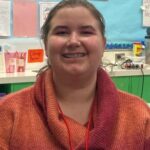
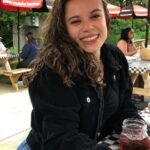


Dobbs said, “Even within a course, I often wish I could provide feedback in the moment. It’s more valuable then than during course evaluations.”
Chaudhry noted, “We are programmed to believe in the traditional hierarchy and that’s how I thought. Now, my perspective has changed. Our opinions matter and the faculty can learn from us.”
The students and educational developers collaborated on the research and design of a Students as Partners program framework that will inform future student opportunities at the Teaching Commons.
“We’re designing the program as if it were a course with learning outcomes, and perhaps it will also be a resource for faculty,” Dobbs said. “We’re giving the Teaching Commons a foundation for what the program should be going forward, but it will allow for future students to tweak it. It is a solid place for new students to come in and bridge the gap between themselves and the staff.”
“They gave us control,” said Vitantonio. “It’s cool to know that we had this information in us and it’s appreciated.”
Wilson discovered that the larger themes in Students as Partners apply equally at the university level and the elementary school level where she hopes to practise.
“It’s about valuing the entire student, respecting where they come from and giving the student choice,” she said.
The educational developers are delighted by the collaboration and its outcome.
“The way we envision the program is that the students partner with us to collaborate on the work we engage in with faculty,” said Dunleavy.
Endersby added, “The students’ work is, ultimately, curating and collecting ideas about students as partners to give us a foundation for putting this into practice at the Teaching Commons. We hope to build on this important foundational work by engaging a new group of students to partner with us in piloting these ideas in the fall.”

